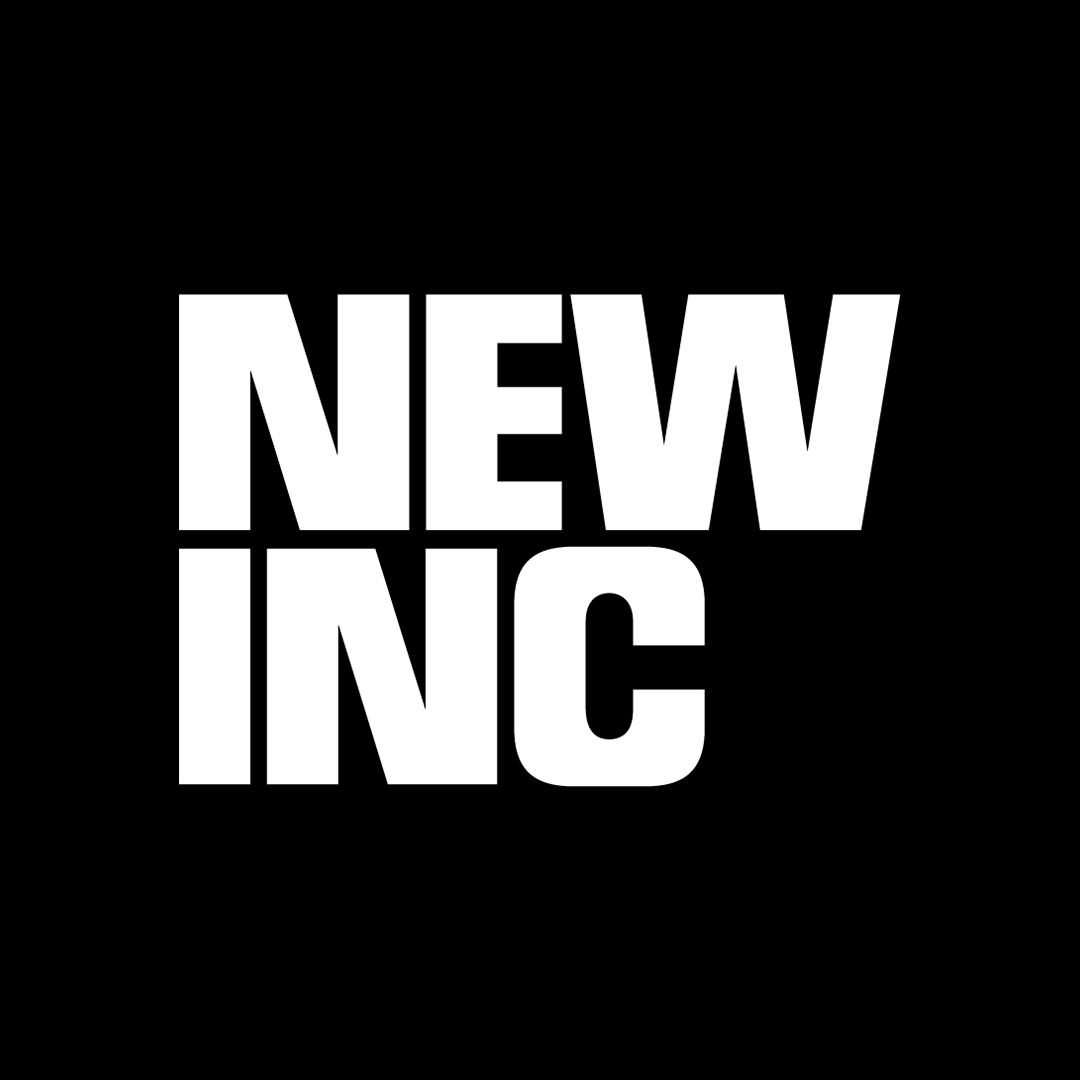Creating Haptic Access to Historical Objects Through the Web
Bika Rebek discusses augmenting visitor engagement by making normally view-only work more tactile, through her project Tools for Show.
(adapted from Medium)
In the past couple of years I have been thinking about how interactive 3D models on the web can help collaborative processes in museums. Tools for Show is an ongoing project dedicated to this question. This Spring, in collaboration with the Vizcaya Museum in Miami, we tackled the question of what 3D models could do as part of a visitor experience.
Visiting Vizcaya last winter I noticed that people often want to touch objects that they are not supposed to. The museum has to stanchion off entire spaces to protect them from visitors entering. This common practice in museums and historical houses, since objects need to be protected for preservation reasons. Yet, there is nothing quite like being able to touch and handle an object and establish a playful relation with it. Since we already built tools to display objects in 3D on the web, the idea came up to present collection items to the public via a web app.
To see if this idea was viable, we built a very quick prototype within a month to see how people would respond to being able to explore objects from close-up and reconfigure the positions of objects in a virtual space. In this first test kids and younger people were predominantly drawn to the app and quickly figured out all interactions, while older people seemed less engaged. We speculated that the crude nature of the prototype made it look more like a video game and therefore more appealing to younger audiences.
About a month later, I returned to the museum with a more developed version of the prototype with added textual information, higher quality models and improved interactions. The visitor reaction the second time around was very different: people of all backgrounds and ages, locals and tourists alike approached the stand and seemed deeply engaged, reading the texts and exploring the 3D models.
Pending final agreements with Vizcaya we are hoping to install the app permanently within the museum. Beyond this initial case study, we used our technology to upload 3D scanned spaces from the USSR Intrepid in New York with a group of Columbia GSAPP students.
We now have a scale-able product, where any kind of 3D geometry, images and text can be uploaded and we are looking for clients and partners who are interested in using our platform either for internal processes or for visitor facing purposes. At the moment we are reaching out to potential partners via a number of different channels. Through lectures, presentations, calls and meetings we are building out a network of interested and like-minded museums.
The long term vision is to build out the scope of collaboration tools that make up Tools for Show. Through Some Place Studio, a design and architectural agency, we are test-driving the tools we are creating in our work with museums and cultural institutions. Through constantly working at the intersection of the digital and the physical we hope to discover new ways of engaging with history in contemporary ways. Tools for Show has now given visitors access to things that they just can’t touch otherwise. And there is nothing like seeing an object in the round and explore all the facets of it.
Author: Bika Rebek


